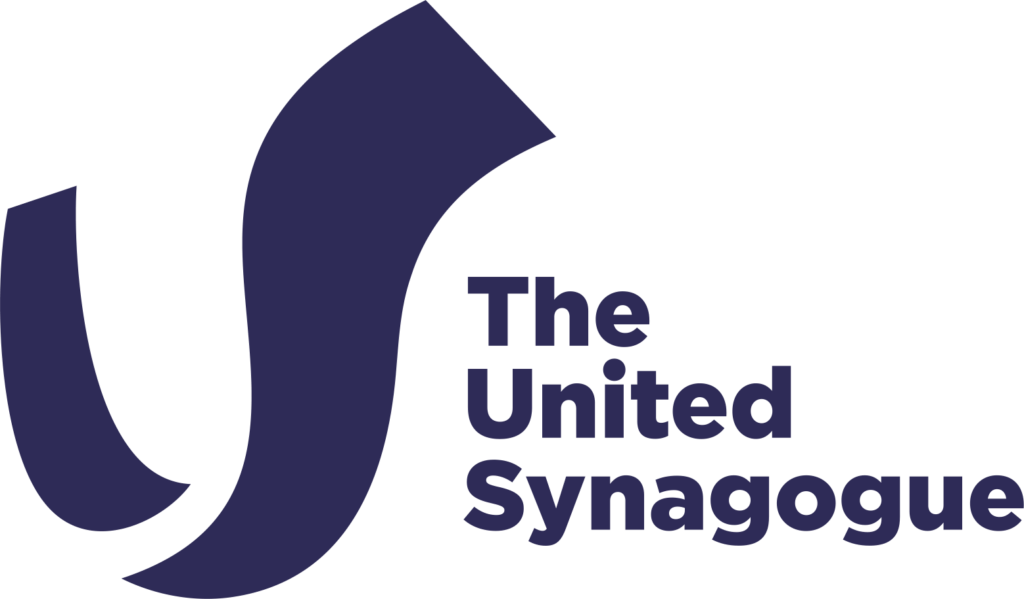By Rabbi Michael Laitner, Director of Education for the United Synagogue
“And you shall make sacred vestments for Aharon your brother, for kavod and tiferet.” (Shemot 28:2)
This verse introduces the Torah’s description of the bigdei kehuna (the priestly vestments) that Aharon as the Cohen Gadol (High Priest) would wear in the Mishkan desert sanctuary.
I deliberately did not translate the words kavod and tiferet which usually mean ‘honour’ and ‘glory’ respectively, as they sound in English as if they mean the same thing.
Rabbi Ovadia Seforno (d. 1550) understands kavod to mean that the vestments were for the honour of God and their use in the Mishkan service would demonstrate this. Contrastingly, tiferet refers to the Cohen’s role as a teacher which required him to have the respect of those around him, especially his students, part of which came from his attire. Accordingly, we can understand kavod as referring to honour of God whilst tiferet refers to the respect due to a Cohen.
This is supported by the Megilah (1:4) which describes Achashvairosh as showing off ’tiferet gedulato’, ‘the glory of his [personal] greatness’ at the party which he made for the officials of his empire. The Midrash, (Esther Raba chapter 2), compares our verse about Aharon’s vestments with this verse in the Megilah, demonstrating that tiferet refers to human glory since tiferet is used in the Megilah to describe Achashvairosh’s ostentatious behaviour in emphasising his own personal glory.
Yet reading the whole of that verse from the Megilah also reveals a reference to kavod, namely that Achasvairosh showed off the wealth of ‘kevod malchuto’, the honour of his kingdom! The Talmudic sage Rabbi Yossi Ben Chanina, who lived in the Land of Israel in the 2nd and 3rd centuries CE, also compares our two verses, concluding on the basis of the phrase ‘kevod malchuto’ that Achashvairosh actually wore the bigdei kehuna at his party (Talmud Megilah 12a)!
Rashi, on our Talmudic passage, notes that the bigdei kehuna had been plundered from Jerusalem (by the Babylonians who destroyed the first Temple in 586 BCE).
On this, the Sefat Emet (the second ‘Gerrer Rebbe’, d. 1905), notes that the Jews in the Purim story were in exile and God’s Presence appeared hidden, a point illustrated by the absence of explicit mention of God in the Megilah. Yet Achashvairosh, a human king, was taking both kavod and tiferet for himself, wearing the bigdei kehuna for his personal honour and aggrandizement only, not for the glory of God.
Clothes can indeed maketh the man. For the Cohen Gadol, clothes in the specific form here of bigdei kehuna, showed honour for both G-d and the dignity of a human being. For Achashvairosh, the same clothes at his party were for his own kavod and tifferet, an explicit denial of God’s.
Such a party and such a society did not bode well for the Jews in the Purim story. The lessons from our verses in both Tetzave and the Megilah should always remind us that our actions must be for both the honour of God and the dignity of ourselves and other humans.

